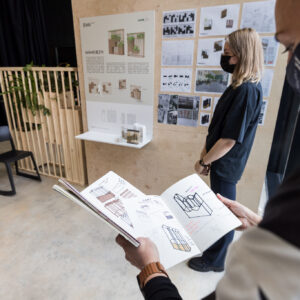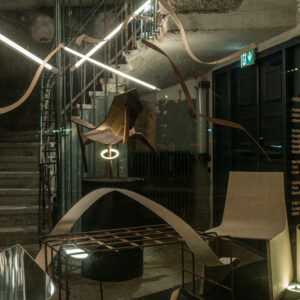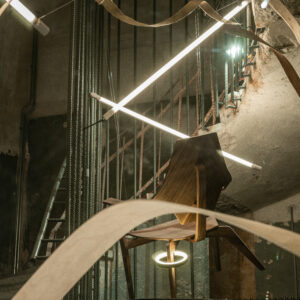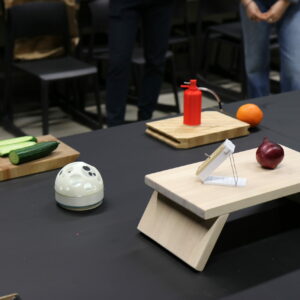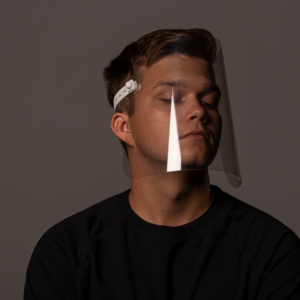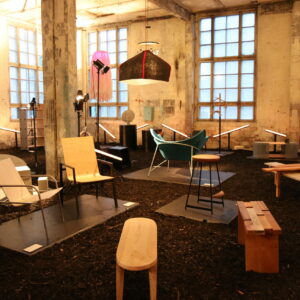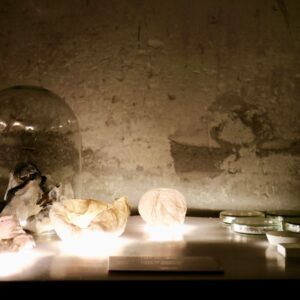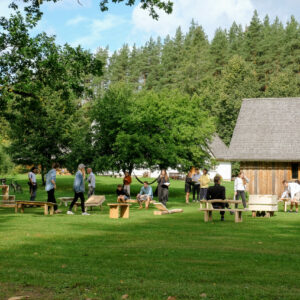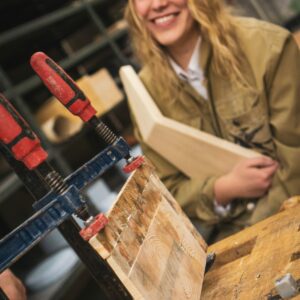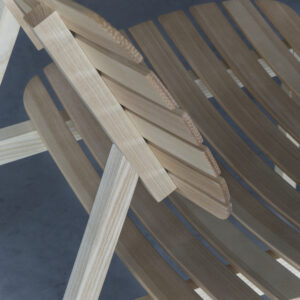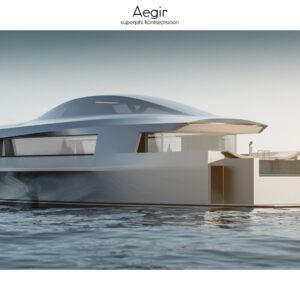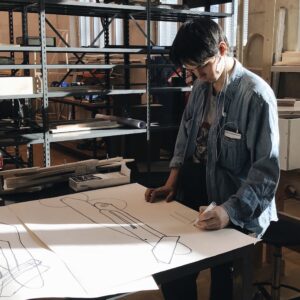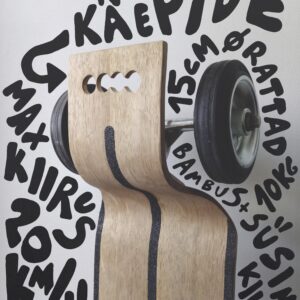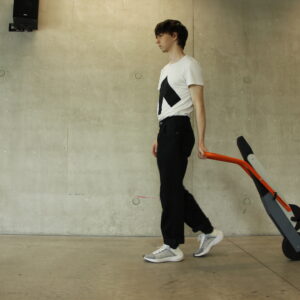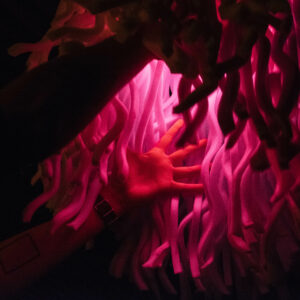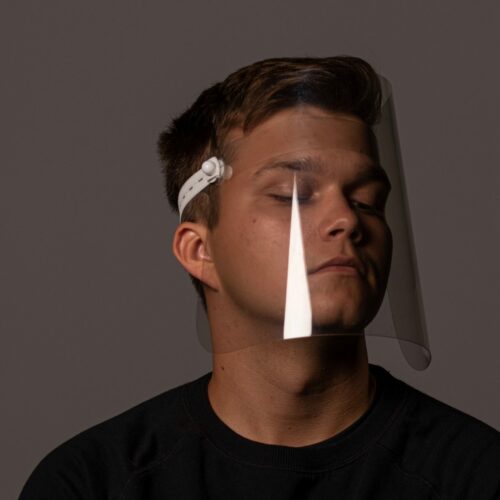Industrial Design
Objects around us. Industrial design deals with the objects all around us. Industrial designers design furniture, household items, vehicles and packages, as well as robots and smart devices.
In the Estonian Academy of Arts industrial design speciality, we teach human-centred design, meaning that we create solutions on the basis of the user’s needs. Industrial designers are creative problem-solvers with high emotional intelligence and technical acumen.
Tangents with different walks of life
The work of an industrial designer is rich in variety and will bring them into contact with people from many different disciplines and professions. A designer might have to delve into the world of athletes to design sports equipment, while their next task might mean shadowing a crew of emergency medical responders.
See what we have been up to on our Instagram and Facebook.
Speciality
The field of industrial design is varied and encompasses work with many different materials and technologies. Unlike digital product designers, industrial designers often perform manual work: building mock-ups and prototypes based on ideas. For that purpose, they must know how to sketch, be proficient in 3D design and know other avenues afforded by contemporary technology.
The constant technological breakthroughs make the field so exciting. For example, with self-driving vehicles becoming more widespread, there is now a possibility of both designing new types of vehicles and a vision of transport in the future. The devices and robots that make up the Internet of Things also need to be given personality and external form. Designers whose heart is in the aesthetics of form and colour can focus on designing items people use in their daily lives.
Many of our alumni are advancing Estonia’s material culture by creating their own brand or working at a manufacturing enterprise. Raili Keiv has an eponymous studio, Argo Tamm works at Softrend, Lauri Hirvesaar at Cleveron, Ragnar Plinkner at Milrem Robotics and Markus Marks at his firm Bold Tuesday.
Curriculum
The students in the two areas of specialization of the Industrial and Digital Product Design bachelor’s programme study together during the first semester; then they can choose one of the areas.
The most important subject in the curriculum is the speciality project. Students learn in a studio format that is not unlike the work done by trained designers and each semester they tackle a project in which they create one or two projects or design a line of products.
Many of the speciality projects are carried out in collaboration with businesses. Students create products for different target groups and learn to design for the properties of different materials and technologies.
Industrial design students can make use of all of the workshops and technologies at the Academy of Arts to execute their ideas, ranging from glass blowing to virtual reality prototyping.
Possible future professions
Graduates of the industrial design speciality are hired in such professions as furniture designer, industrial designer, packaging designer, visualizer (3D) modeller (3D), designer-entrepreneur, environmental designer and head of design.

